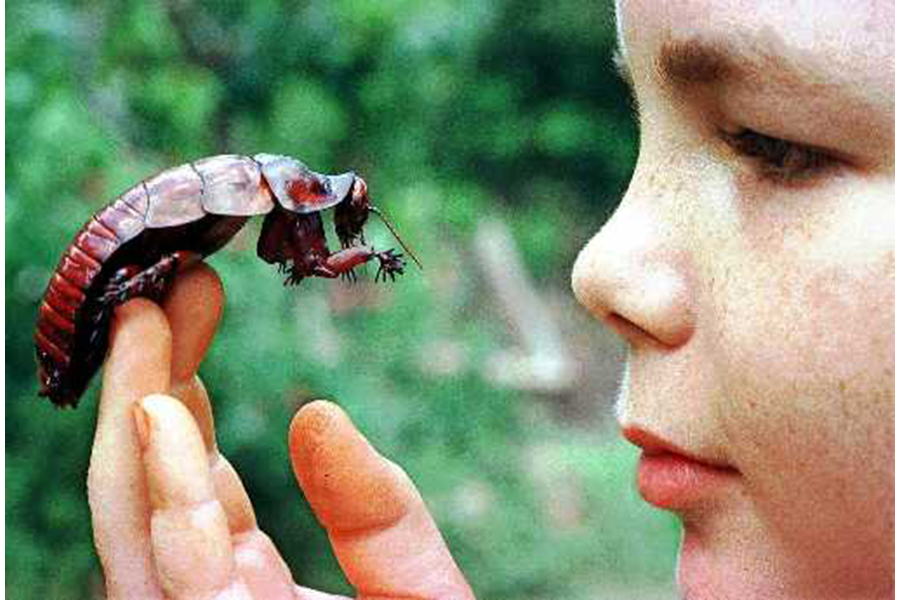The latest healthfood craze could be ... cockroach milk?
Loading...
Scientists have found the next super food, although it may not catch on quite the way kale and quinoa did.
A team of scientists from India, France, Japan, Canada, and the National Institutes of Health in America have found that cockroach milk crystals, a nutrient dense substance found in the stomachs of young cockroaches, contain three times as much energy as the equivalent amount of cow's milk.
Most species of cockroaches do not produce milk, but the Pacific beetle cockroach (Diploptera punctata) has live births and then feeds its young a milky substance that crystallizes within the stomach. The milk contains all of the essential amino acids, carbohydrates, and lipids and the crystals are designed to release protein at the same rate the body consumes it, meaning that none of it goes to waste.
“It’s a complete food,” Subramanian Ramaswamy, a biochemist at the Institute for Stem Cell Biology and Regenerative Medicine in Bangalore, India, told The Washington Post. “The mouth is open and the backside is closed.”
The Huffington Post reports that cockroach milk, high in protein and energy content, could be an ideal post-workout drink for athletes. But it could have higher moral applications as well.
In the United States, it is estimated that 40 percent of food produced is wasted, a practice consumers seem unwilling to change. Such high food production puts unsustainable pressure on ecosystems. Meanwhile one in nine people “do not get enough food to be healthy and lead an active life,” according to the United Nations. [Editor's note: An earlier version misstated this figure.]
Therefore, finding food sources with exceptional nutritional value, such as cockroach milk, could be a big breakthrough toward ending world hunger and making food production a more sustainable process.
Professor Ramaswamy is not the first scientist to put forth eating bugs as the solution. In 2013, UN Food and Agriculture Organization put forward a report recommending increased consumption of bugs.
"Insects are healthy, nutritious alternatives to mainstream staples such as chicken, pork, beef and even fish," the UN report read.
For some reason the idea has not caught on beyond a niche group of enthusiasts.
It is still unknown if the milk is safe for human consumption, so more tests will be need to be conducted before cockroach milk will be showing up next to the 2 percent on grocery store shelves. Ramaswamy told The Washington Post that if cockroach milk does make its way into the food industry it will likely be bioengineered from yeast since cockroaches do not produce milk efficiently enough and the words “cockroach milk” on the label would almost certainly be bad for business.
“I don’t think anyone is going to like it if you tell them, ‘We extracted crystals from a cockroach and that is going to be food,’ ” Ramaswamy said.








